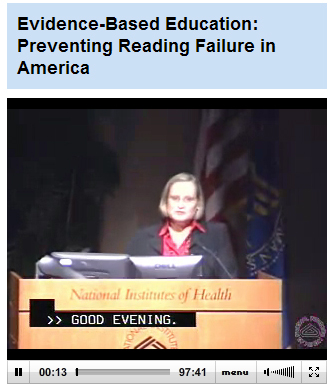By Todd Neale, Senior Staff Writer, MedPage Today
 Schoolchildren who are young for their grade may have a greater risk than their older classmates of being diagnosed with and treated for attention-deficit hyperactivity disorder (ADHD), researchers found.
Schoolchildren who are young for their grade may have a greater risk than their older classmates of being diagnosed with and treated for attention-deficit hyperactivity disorder (ADHD), researchers found.
Boys and girls born in the month before the age cutoff for entry into kindergarten were 30% more likely to be diagnosed with ADHD and 41% more likely to receive a prescription for an ADHD medication than those born in the month after the cutoff, according to Richard Morrow, MA, of the University of British Columbia in Victoria, and colleagues.
And those born in the month before the age cutoff for entry into first grade were 70% more likely to get an ADHD diagnosis and 77% more likely to be prescribed ADHD medication, the researchers reported online in CMAJ.
Although the appropriateness of diagnosis and treatment could not be evaluated, the findings raise concerns about possible overdiagnosis and overprescribing in children who are younger — and presumably less mature — for their grade, they wrote.
“Children who are given medications to treat ADHD are exposed to adverse effects on sleep, appetite, and growth,” Morrow and colleagues wrote. They also noted an increased risk of cardiovascular events, although that link was disputed in studies published last year in Pediatrics and the New England Journal of Medicine.
“Inappropriate diagnosis of ADHD in a child born late in the year might lead parents and teachers to treat the child differently or adversely change the child’s self-perceptions,” they explained. “Our analyses add weight to concerns about the medicalization of the normal range of childhood behaviors, particularly for boys.”
Previous U.S. studies have yielded similar findings, but the issue had not been explored in Canada, which has lower reported rates of ADHD diagnosis and treatment and differences in healthcare delivery, cultural attitudes, and marketing by pharmaceutical companies.
Morrow and colleagues tackled the issue using administrative health databases from British Columbia, where the annual cutoff birth date for entering kindergarten or first grade is Dec. 31. So children born in December are typically the youngest and those born in January are typically the oldest in each grade.
The study included 937,943 schoolchildren who were 6 to 12 years old at any time from Dec. 1, 1997 through Nov. 30, 2008, and were covered by the provincial health plan.
The average age for children born in December and those born in January was similar (7.8 years).
For all years combined, the percentage of children who received an ADHD diagnosis increased from January to September birth dates and then leveled off. The proportion rose from 5.7% for those born in January to 7.4% for those born in December for boys and from 1.6% to 2.7% for girls.
Similar trends were seen for ADHD medication prescriptions.
Being born in December versus January was associated with a greater risk of receiving an ADHD diagnosis for both boys (RR 1.30) and girls (RR 1.70), as well as a greater risk of being treated for the condition (RRs 1.41 and 1.77 for boys and girls, respectively).
The relationships remained relatively stable over the study period and were present for all ages included in the study. The magnitude of the associations diminished for older girls, however.
“The potential harms of overdiagnosis and overprescribing and the lack of an objective test for ADHD strongly suggest caution be taken in assessing children for this disorder and providing treatment,” Morrow and colleagues wrote.
“Greater emphasis on a child’s behavior outside of school may be warranted when assessing children for ADHD to lessen the risk of inappropriate diagnosis,” they continued. “Further research into the determinants of ADHD and approaches to its assessment and treatment should consider a child’s age within a grade.”
Source: http://www.medpagetoday.com/Pediatrics/ADHD-ADD/31489
Related Articles:
- The ADHD Prognosis Is Promising (everydayhealth.com)
- Is ADHD an American Fad? (everydayhealth.com)
- ADHD Symptoms In Toddlers (answers.com)


 By L. Alan Sroufe
By L. Alan Sroufe

